Four ways Copenhagen is leading on innovation
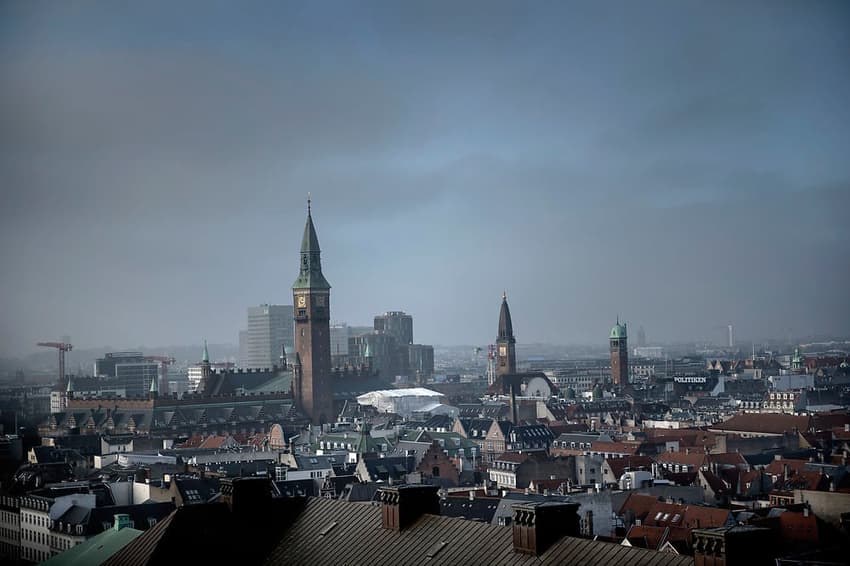
Danes’ willingness to be early adopters of new technology is an important factor in Copenhagen’s reputation for high liveability.
Voted Monocle’s most liveable city three times, Copenhagen is known for its excellent work-life balance and streamlined, digitised public services.
Over the last few years, a number of innovations have either been developed or embraced by Greater Copenhagen, and there are more in the pipeline. Many of these innovations mean that Copenhageners can enjoy more of their free time whilst taking the environment into consideration.
Green Wave
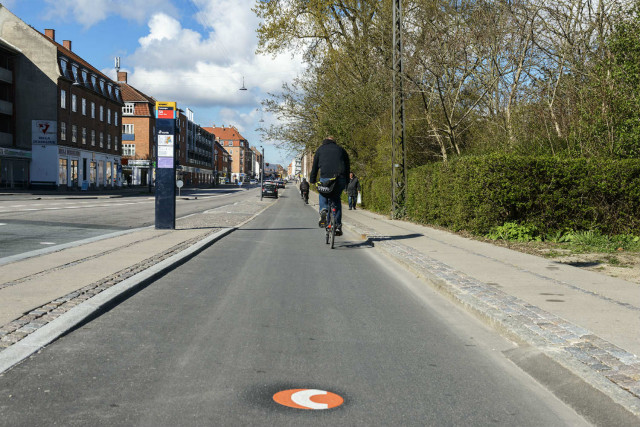
Photo: Supercykelstier.dk
With 62 percent of Copenhageners commuting by bike every day, the city has been work-ing to develop ways to ensure cycling is a top priority in the city. Cycle superhighways have been developed on the busy routes into the city, giving cyclists high priority in traffic flows.
A number of measures have been introduced to make cycling easier and safer including free air pumps, foot rests for waiting more comfortably at traffic lights and safety measures at intersections. The Cycle Superhighways are easy to spot: look for the white-on-orange 'C’ painted on the road.
The Green Wave is an innovation to improve cycle flows, especially during rush hour times on busy streets, by coordinating the traffic lights so that a cyclist riding at 20 kilometres per hour should only encounter green lights all the way into the city. The implementation of this traditional Green wave system means cyclists can ride up to 3.4 kilometres per hour faster, according to figures provided by Copenhagen Municipality.
Automated car parking
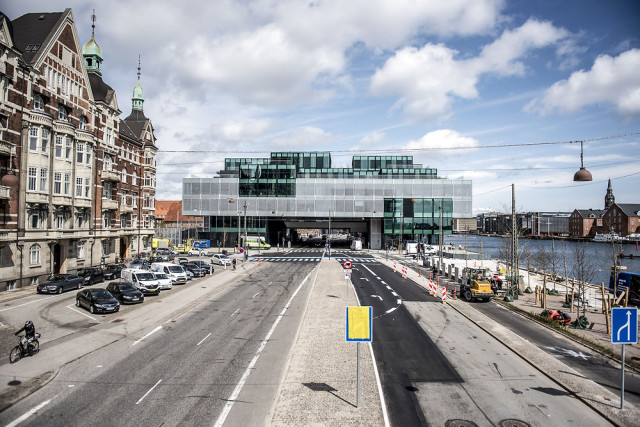
BLOX. Photo: Mads Claus Rasmussen/Scanpix 2018
It’s not all about bikes in Copenhagen. BLOX, a new state-of-the-art architecture complex located on the harbourside, houses a fully automated public parking garage for 350 cars. The underground car park frees up at least 3,500 square metres of street-level space.
The system uses a ‘park and hide’ principle. Inside the parking cabin, there is a lifting platform on which the customer parks her car. After leaving the parking cabin, the roller door shuts and the automatic parking process begins. Before the lifting mechanism lowers the platform, a combination of scanners ensures that there are no people or animals on the platform. The car is then lowered down to the level where the vehicle will be parked.
The Shifter, an extra-flat robot, moves beneath the vehicle and gently lifts it by the wheels to transport it from the lift to a transfer vehicle and, finally, to the parking garage. The combined speed of the Shifter and the transfer vehicle system allows the parking cabin to be used again immediately. Because it is a drive-through cabin, the vehicle can simply be driven out once it has been presented on the platform. The system only takes an average of two minutes to retrieve the car.
This is the fifth automated parking garage in Denmark but the most innovative, leading the way for more in the future.
Copenhill
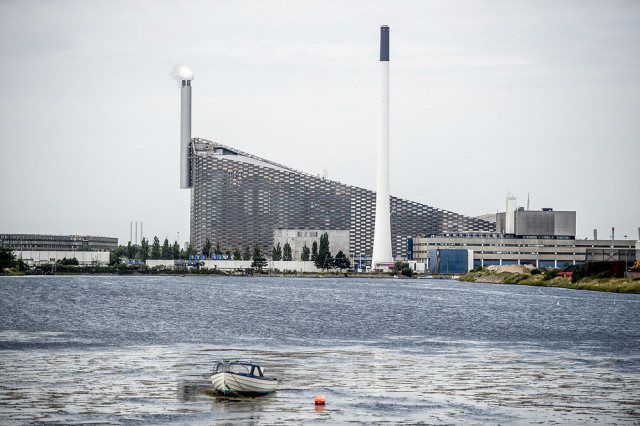
Amager Bakke. Photo: Mads Claus Rasmussen/Ritzau Scanpix
Copenhagen is not blessed with many natural high spots for recreation, while its residents love the outdoors. Danes are also keen on practical solutions, partnerships and making the most of what is available. Enter Copenhill, also known as Amager Bakke, an artificial ski slope and recreational area. Although the ski slope, currently scheduled to open in spring 2019, has suffered from delays and an increase to its budget, it should be an asset to the city once complete.
The area is located close to town and will provide a 500m ski piste with a summit height of 85 metres, overlooking the inner harbour and the city centre, as well as hiking paths, climbing walls and après ski opportunities.
That might sound good, but there is more. Copenhill is situated on the top of a waste-to-energy plant with emphasis on sustainability. The plant, Amager Resource Centre (ARC), operates an environmentally friendly incineration of waste with with a catalyser to remove nitrous oxide. This helps make Amager Bakke one of the most efficient and environmentally friendly energy plants in the world.
Autonomous vehicles
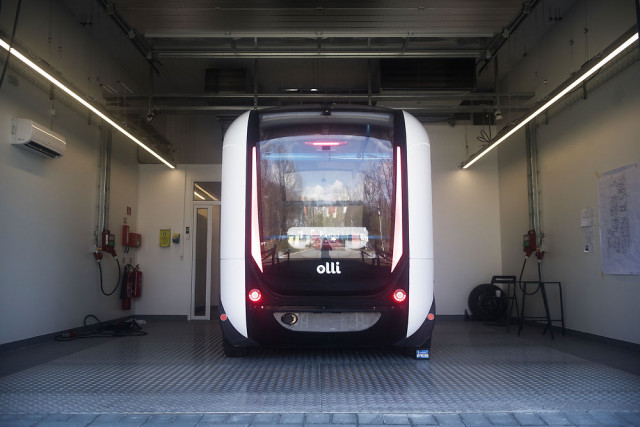
DTU's self-driving minibus Olli. Photo: Mads Joakim Rimer Rasmussen/Ritzau Scanpix
The Technical University of Denmark (DTU) is the home to Autonomous Mobility, an innovator in autonomous technology. They currently have two different models of autonomous vehicles: Arma, which carries up to 11 people, and Olli, a slightly smaller vehicle, carrying 8 people.
The two shuttles can travel up to 40 kilometres per hour but they generally only go at around 23 kilometres per hour. DTU has already seen tests of the vehicles on its campus.
Working in partnership with other stakeholders in Denmark, Autonomous Mobility has developed pilot projects that make an impact on communities. A recent trial project included the use of Arma at Zealand University Hospital in Køge, a municipality in the Greater Copenhagen area.
READ ALSO: More investment in green innovation needed: Danish clean energy conference
Comments
See Also
Voted Monocle’s most liveable city three times, Copenhagen is known for its excellent work-life balance and streamlined, digitised public services.
Over the last few years, a number of innovations have either been developed or embraced by Greater Copenhagen, and there are more in the pipeline. Many of these innovations mean that Copenhageners can enjoy more of their free time whilst taking the environment into consideration.
Green Wave

Photo: Supercykelstier.dk
With 62 percent of Copenhageners commuting by bike every day, the city has been work-ing to develop ways to ensure cycling is a top priority in the city. Cycle superhighways have been developed on the busy routes into the city, giving cyclists high priority in traffic flows.
A number of measures have been introduced to make cycling easier and safer including free air pumps, foot rests for waiting more comfortably at traffic lights and safety measures at intersections. The Cycle Superhighways are easy to spot: look for the white-on-orange 'C’ painted on the road.
The Green Wave is an innovation to improve cycle flows, especially during rush hour times on busy streets, by coordinating the traffic lights so that a cyclist riding at 20 kilometres per hour should only encounter green lights all the way into the city. The implementation of this traditional Green wave system means cyclists can ride up to 3.4 kilometres per hour faster, according to figures provided by Copenhagen Municipality.
Automated car parking

BLOX. Photo: Mads Claus Rasmussen/Scanpix 2018
It’s not all about bikes in Copenhagen. BLOX, a new state-of-the-art architecture complex located on the harbourside, houses a fully automated public parking garage for 350 cars. The underground car park frees up at least 3,500 square metres of street-level space.
The system uses a ‘park and hide’ principle. Inside the parking cabin, there is a lifting platform on which the customer parks her car. After leaving the parking cabin, the roller door shuts and the automatic parking process begins. Before the lifting mechanism lowers the platform, a combination of scanners ensures that there are no people or animals on the platform. The car is then lowered down to the level where the vehicle will be parked.
The Shifter, an extra-flat robot, moves beneath the vehicle and gently lifts it by the wheels to transport it from the lift to a transfer vehicle and, finally, to the parking garage. The combined speed of the Shifter and the transfer vehicle system allows the parking cabin to be used again immediately. Because it is a drive-through cabin, the vehicle can simply be driven out once it has been presented on the platform. The system only takes an average of two minutes to retrieve the car.
This is the fifth automated parking garage in Denmark but the most innovative, leading the way for more in the future.
Copenhill

Amager Bakke. Photo: Mads Claus Rasmussen/Ritzau Scanpix
Copenhagen is not blessed with many natural high spots for recreation, while its residents love the outdoors. Danes are also keen on practical solutions, partnerships and making the most of what is available. Enter Copenhill, also known as Amager Bakke, an artificial ski slope and recreational area. Although the ski slope, currently scheduled to open in spring 2019, has suffered from delays and an increase to its budget, it should be an asset to the city once complete.
The area is located close to town and will provide a 500m ski piste with a summit height of 85 metres, overlooking the inner harbour and the city centre, as well as hiking paths, climbing walls and après ski opportunities.
That might sound good, but there is more. Copenhill is situated on the top of a waste-to-energy plant with emphasis on sustainability. The plant, Amager Resource Centre (ARC), operates an environmentally friendly incineration of waste with with a catalyser to remove nitrous oxide. This helps make Amager Bakke one of the most efficient and environmentally friendly energy plants in the world.
Autonomous vehicles

DTU's self-driving minibus Olli. Photo: Mads Joakim Rimer Rasmussen/Ritzau Scanpix
The Technical University of Denmark (DTU) is the home to Autonomous Mobility, an innovator in autonomous technology. They currently have two different models of autonomous vehicles: Arma, which carries up to 11 people, and Olli, a slightly smaller vehicle, carrying 8 people.
The two shuttles can travel up to 40 kilometres per hour but they generally only go at around 23 kilometres per hour. DTU has already seen tests of the vehicles on its campus.
Working in partnership with other stakeholders in Denmark, Autonomous Mobility has developed pilot projects that make an impact on communities. A recent trial project included the use of Arma at Zealand University Hospital in Køge, a municipality in the Greater Copenhagen area.
READ ALSO: More investment in green innovation needed: Danish clean energy conference
Join the conversation in our comments section below. Share your own views and experience and if you have a question or suggestion for our journalists then email us at [email protected].
Please keep comments civil, constructive and on topic – and make sure to read our terms of use before getting involved.
Please log in here to leave a comment.